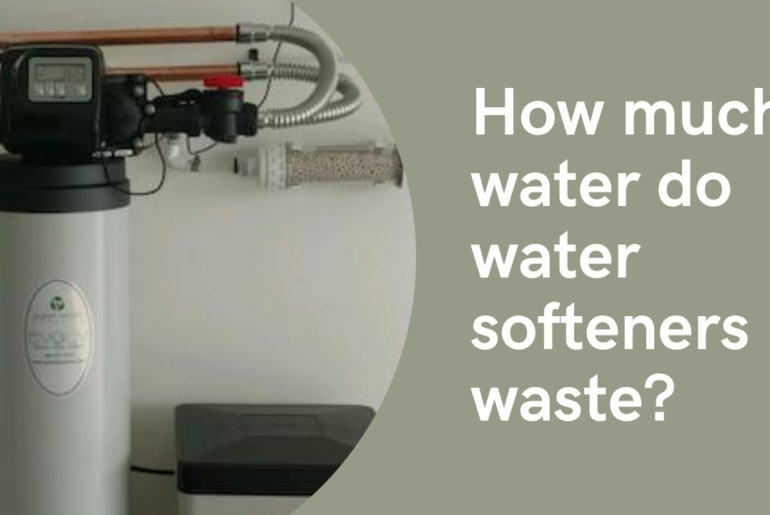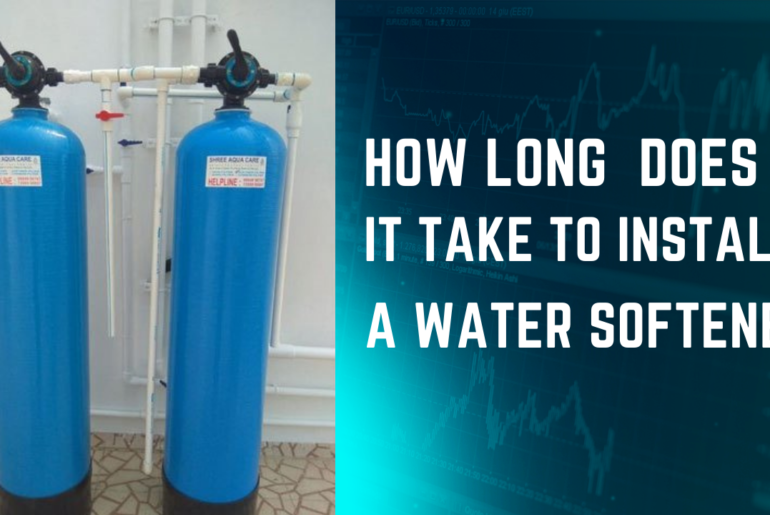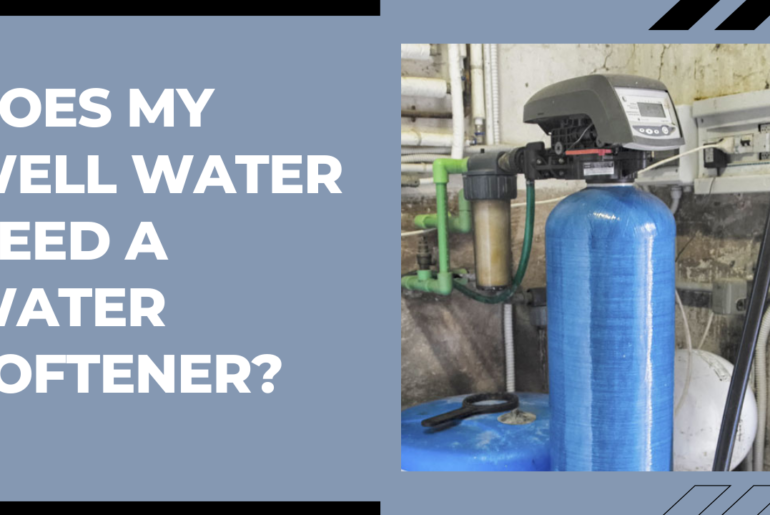If you’re like many water softener owners, you may not even know how to flush your water softener. In fact, some people don’t even realize that their water softener needs to be flushed on a regular basis.
Flushing your water softener is an easy process, and it’s something that you should do at least once a year. In this blog post, we’ll tell you everything you need to know about how to flush your water softener. We’ll also provide some tips for making the process easier. Keep reading for more information!
Why it’s Important to Flush a water softener?
It’s important to flush your water softener because it helps to remove any built-up sediment that may be inside the unit. Over time, mineral deposits can accumulate in the unit, and this can eventually lead to problems with the performance of your water softener. Flushing the unit on a regular basis will help to keep it working properly.
How to Flush a Water Softener?– Complete Process

Cleaning a whole water softener step by step guide:
Step-1
Disconnect the power to your water softener. This is an important safety step, so make sure that you do it before you begin.
Step-2
Next, you’ll need to disconnect the brine line from the salt tank. The brine line is the tube that connects the salt tank to the water softener.
Step-3
Once the brine line is disconnected, you can begin flushing the water softener. To do this, simply open the valve at the bottom of the unit and allow the water to flow out.
Step-4
Flush the unit until all of the water has been cleared out. This may take a few minutes, so be patient.
Step-5
Once the water has been flushed, you can reconnect the brine line and turn the power back on.
Cleaning the Brine Tank
When it runs out of salt, this is the best time to clean the brine tank. The brine tank is the part of the water softener where salt is stored. Over time, the salt can become caked on the sides of the tank. This can cause problems with the performance of your water softener.
- The first step is to remove the lid of the brine tank. You may need a screwdriver to do this.
- Once the lid is removed, you can begin cleaning the inside of the tank. Use a soft brush to remove any salt that is caked on the sides.
- Once the sides are clean, you can use a hose to flush out the bottom of the tank. Flush the tank until all of the salt has been removed.
- After flushing the tank, you can replace the lid and fill the tank with fresh salt.
Cleaning the Resin Tank
The resin tank is the part of the water softener that contains the resin beads. These beads are what remove the hardness from the water. Over time, the resin beads can become clogged with minerals. This can reduce the performance of your water softener.
- To clean the resin tank, you’ll need to disconnect the power and shut off the water supply.
- Next, you’ll need to remove the tank from the unit.
- Once the tank is removed, you can begin cleaning it. The easiest way to do this is to use a hose to flush out the inside of the tank. Flush the tank until all of the dirt and debris have been removed.
- After flushing the tank, you can reattach it to the unit and turn the power and water back on.
Clean A Water Softener Filter
A water softener filter helps to remove impurities from the water. Over time, the filter can become clogged with dirt and debris. This can reduce the performance of your water softener.
- To clean the filter, you’ll need to remove it from the unit. The location of the filter will vary depending on the model of water softener that you have.
- Once the filter is removed, you can clean it with a hose. Flush the filter until all of the dirt and debris have been removed.
- After cleaning the filter, you can reattach it to the unit.
What happened if you do not Flush your Water Softener?
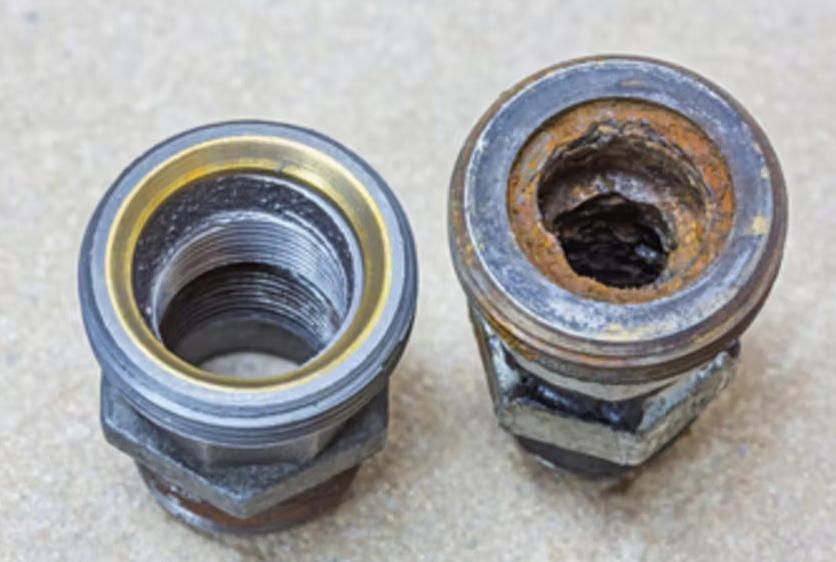
If you do not flush your water softener, the sediment will build up and clog the unit. This can eventually lead to problems with the performance of your water softener. Flushing the unit on a regular basis will help to keep it working properly.
Drawbacks of not Cleaning your Water Softener:
- The water softener will not work as efficiently
- The lifespan of the water softener will be reduced
- The warranty may be voided if the unit is not properly maintained
Useful Tips for Flushing Your Water Softener?
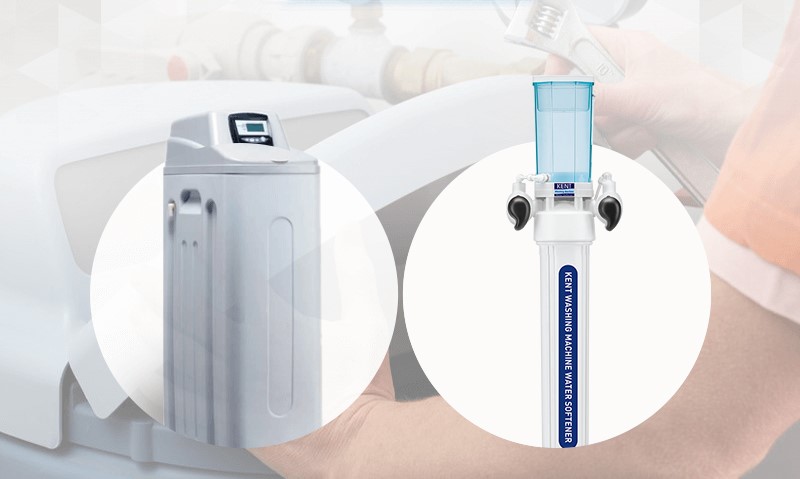
Water softeners are designed to be low maintenance, they still need to be properly cared for. That’s why it’s important to know how to clean your water softener on a regular basis.
Cleaning your water softener is a simple process, and it only takes a few minutes. However, it’s important to do it regularly in order to keep your softener working properly.
Here are some tips for cleaning your water softener:
1. Flush your water softener on a regular basis. Flushing your softener will remove any sediment that has built up in the unit. You should flush your softener at least once a year, but you may need to do it more often if you have hard water.
2. Clean the brine tank regularly. The brine tank is where the salt is stored, and it can become dirty over time. You should clean your brine tank every few months to keep it in good condition.
3. Replace the salt regularly. Replacing the salt will help to keep your water softener working properly. You should replace the salt every three to six months, depending on how often you use your softener.
4. Keep the filters clean. The filters in your water softener can become clogged over time. You should clean or replace the filters every six months to keep your softener working properly.
Final Thoughts:
Flushing your water softener is a simple and easy way to keep it working properly. Flushing the unit on a regular basis will remove any sediment that has built up, and it will also help to keep the salt from caking on the sides of the tank.
Cleaning the brine tank and replacing the salt regularly will also help to keep your water softener working properly. Lastly, keeping the filters clean will help to ensure that your water softener is able to do its job properly.
Frequently Asked Questions (FAQs)
What Can I use to Clean My Water Softener??
You can use a hose to flush out your water softener. You may also need to use a screwdriver to remove the lid of the brine tank. It’s a Very Simple Method to Clean your Water Softener in a proper way.
How Often Should I Flush My Water Softener?
You should flush your water softener at least once a year, but you may need to do it more often if you have hard water. More Frequently Cleaning of Water Softener Extends the life and Improves the performance as well.
How do you clean the inside of a water cleaner?
The easiest way to do this is to use a hose to flush out the inside of the tank. Flush the tank until all of the dirt and debris have been removed.
Can I Put Vinegar in My Water Softener to Clean It?
You can put vinegar in your water softener to clean it, but you should only do this if your softener is made of plastic. Vinegar can damage metal parts.

Hi, I’m a clinical psychologist and inclined towards best buying practices for home and kitchen things. Critical towards choosing the best product and honest with my feedback. I’m a seasoned writer having more than 4 years of experience in multiple niches as well.
Please note: CharlieTrotters.com is reader supported. This page may contain affiliate links. If you buy a product or service through such a link we earn a commission at no additional cost to you.

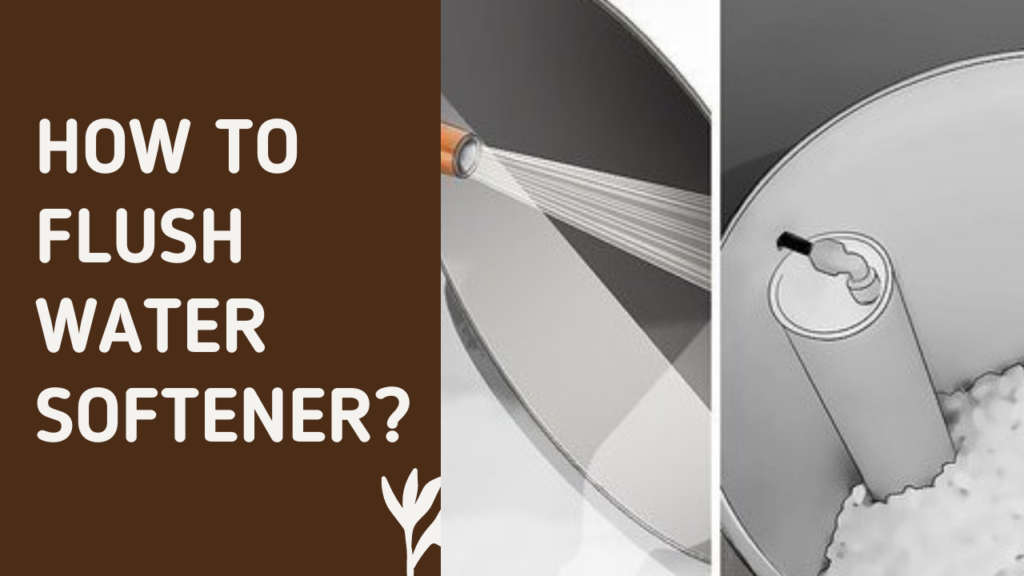
![10 Best Water Softener Resin [2022] | Top Picks Reviewed Best Water Softener Resin [2020]](https://www.charlietrotters.com/wp-content/uploads/2020/09/best-water-softener-resin.jpg)
![10 Best Water Softeners Reviews [2022] – Top Picks & Buyer’s Guide best-water-softeners](https://www.charlietrotters.com/wp-content/uploads/2019/09/best-water-softeners.jpg)
![Best Good Housekeeping Water Softener Reviews [Top 3 in 2022] Best Good Housekeeping Water Softener Reviews](https://www.charlietrotters.com/wp-content/uploads/2022/02/Purple-Orange-Gadget-Review-2022-Youtube-Thumbnail-1-770x515.png)
